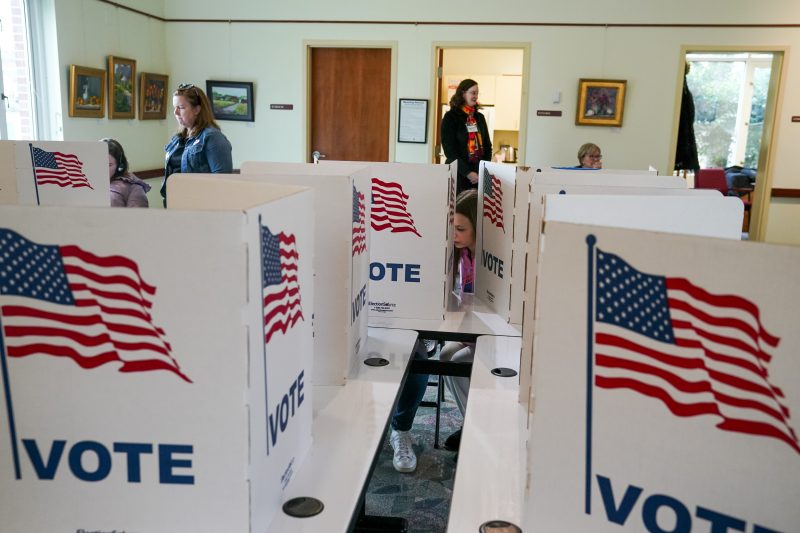The theory behind a presidential election year “Super Tuesday” is that it marks a key tipping point in the major parties’ nominating contests. The term describes the first day of the primary calendar in which a lot of states and/or some heavily populated ones weigh in, granting candidates the chance to leap ahead in the chase for delegates to their party’s convention — the actual metric that determines the nomination.
In years past, Super Tuesday has played that role. By forcing candidates to staff up in numerous states or make strategic decisions about how to deploy more-limited resources, the day poses a different kind of test and one that offers new insights about who will be on the ballot in November. Extended primary fights can yield multiple big Tuesdays; in 2016, CNN counted at least three “super” Tuesdays.
In 2024, there will be zero — at least at the presidential level.
After all, we already know who the major-party candidates are going to be. Barring either man being abducted by aliens or suffering some other unexpected fate, we will once again see Donald Trump and Joe Biden face off in November. Biden will win the Democratic nomination because he faces no significant opposition. Trump will win the Republican nomination because he hasn’t faced any significant opposition in about a year.
This claim will rankle supporters of former ambassador Nikki Haley, understandably. But Trump is at most two weeks away from clinching a majority of Republican delegates, for very understandable reasons.
Here’s where Trump and Haley stand right now in the delegate count. (You can follow along at home as the days progress with The Washington Post’s handy delegate tracker.) Trump has 273 of the 1,215 needed for the nomination.
Most of the contests on “Super” Tuesday award delegates at least somewhat proportionally — meaning that the available delegates go to candidates in proportion to the percentage of the vote those candidates get. Get 60 percent of the vote, get 60 percent of delegates. In practice, it doesn’t really work that cleanly, because it is hard to allocate fractions of human beings and because there are generally rules about winning congressional districts and so on.
But let’s apply the current 538 polling averages (in states where those averages exist) or the national average (in states where they don’t) to the number of delegates available. The result after Tuesday might look something like this.
The actual numbers don’t really matter. Even if Trump won every delegate, he’s not going to hit 1,215.
So we move on. There are a few contests in the next 10 days, enough to get Trump a bit closer to the nomination — and get Haley a bit closer to where Trump was before Super Tuesday, if she hasn’t dropped out by the end of the week.
But by March 19, it’s all over. That day, there are contests in Arizona, Florida and Ohio — three states with a lot of delegates that Trump will almost certainly win. And those are winner-take-all states: Win the state, get all the delegates.
By March 20, the GOP will have a nominee.
On the Democratic side, we can expect some protest votes against President Biden, just as we saw in Michigan. It’s not really clear how much of a lesson we can draw from those votes: Are they a real indicator of voters who will stay home in November? Of voters who might vote for Trump? Or are they protests that have been successful in sending a message to the administration — and which come from people who will vote for Biden in the general election? (On Tuesday morning, Trump affirmed that his position on the war in Gaza, a central motivation for the Biden protest votes, is much more hard-line than the president’s.)
Of course, all of this depends on our usual, solipsistic assessment of politics as being centrally about national decision-making. And, usually, that’s the thing of importance about Super Tuesday. But this year is a very good one to remember that a lot of states voting means there are a lot of things that will be determined at the state and local level, too — a wide swath of general-election candidates determined and statewide initiatives considered. Bolts, a site focused on nonnational races, has an excellent overview of the other things on the Super Tuesday ballot.
Tuesday will bring the standard, picayune dramas that come every election night — the precincts coming in and the states being called for (mostly, if not exclusively) Donald Trump. But, barring some tectonic shift in American politics, the most super component of Tuesday’s contests as it pertains to the presidential nominations will probably be the size of our collective shrug.





























